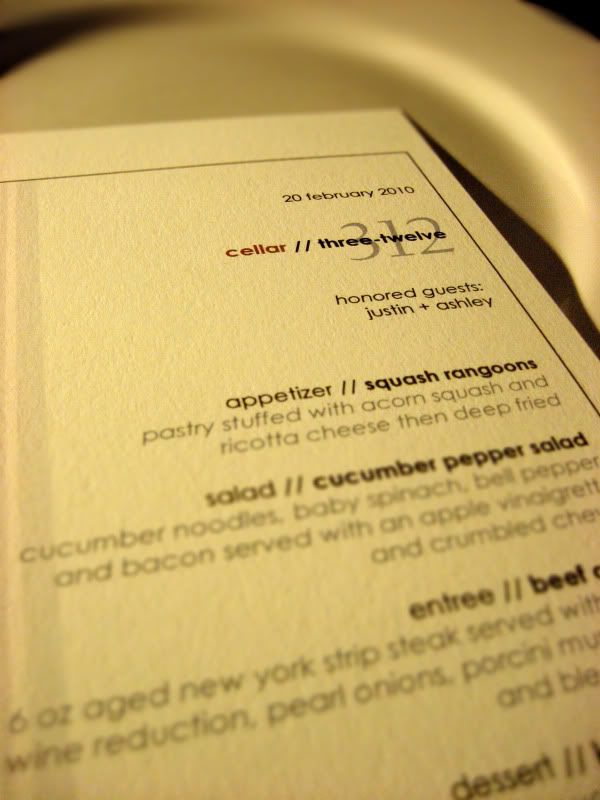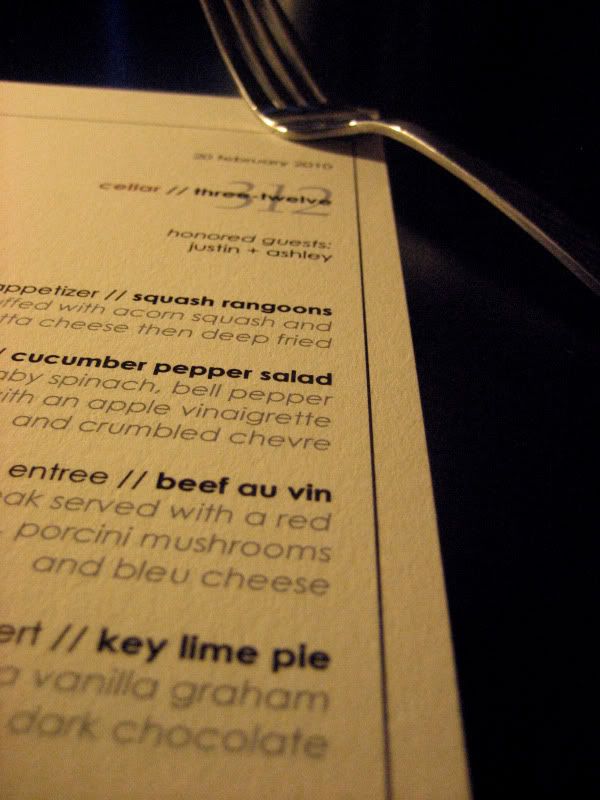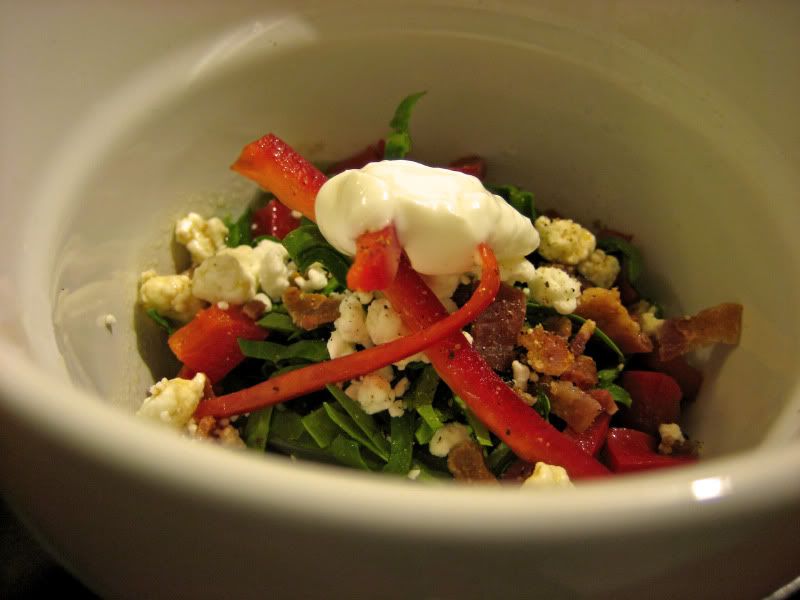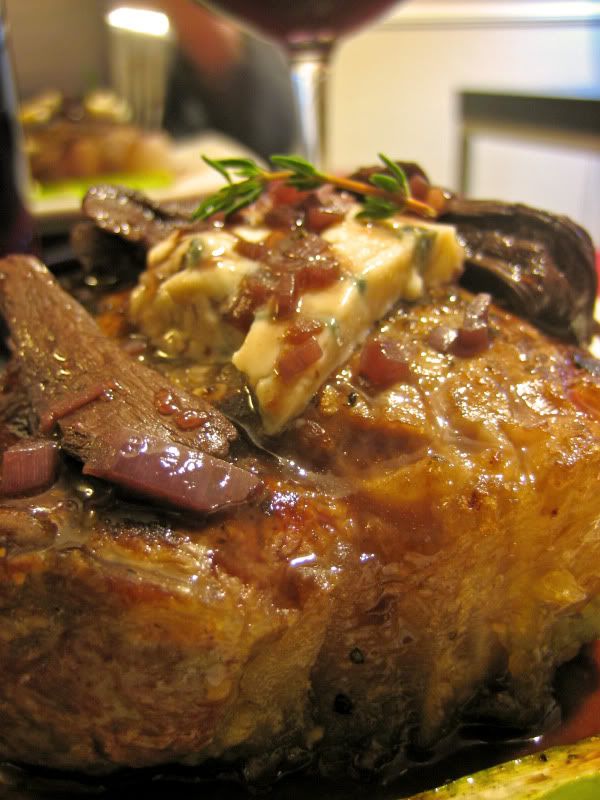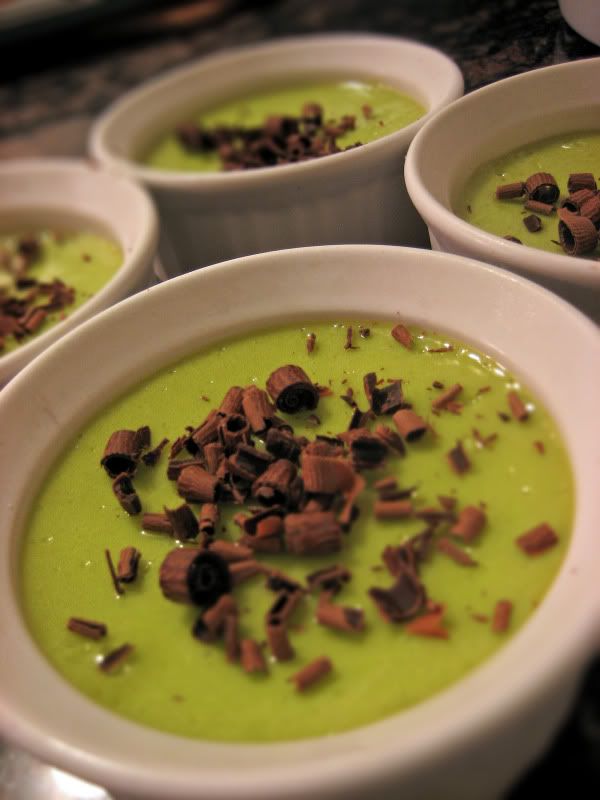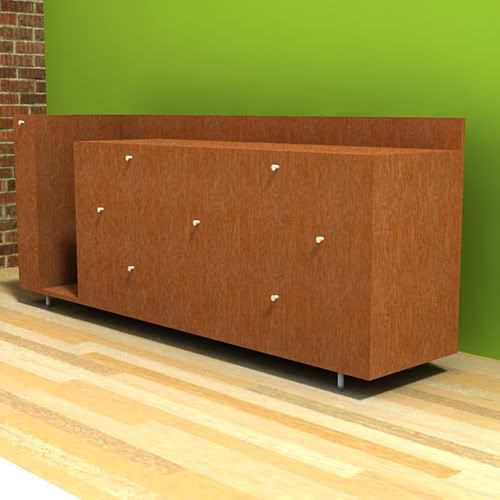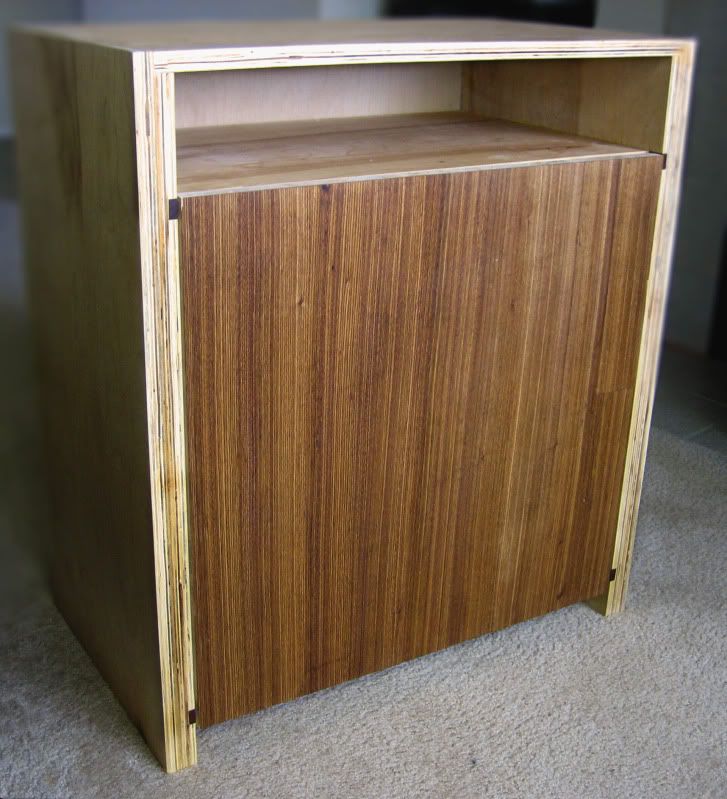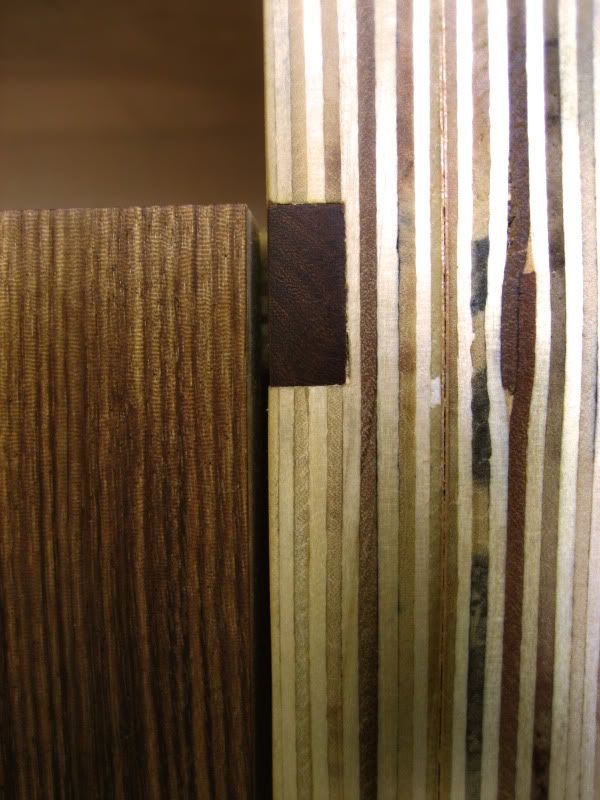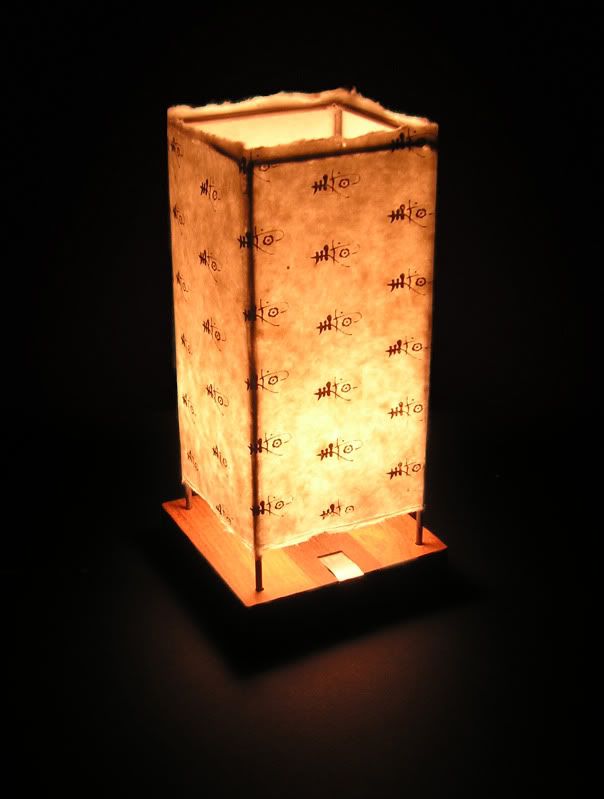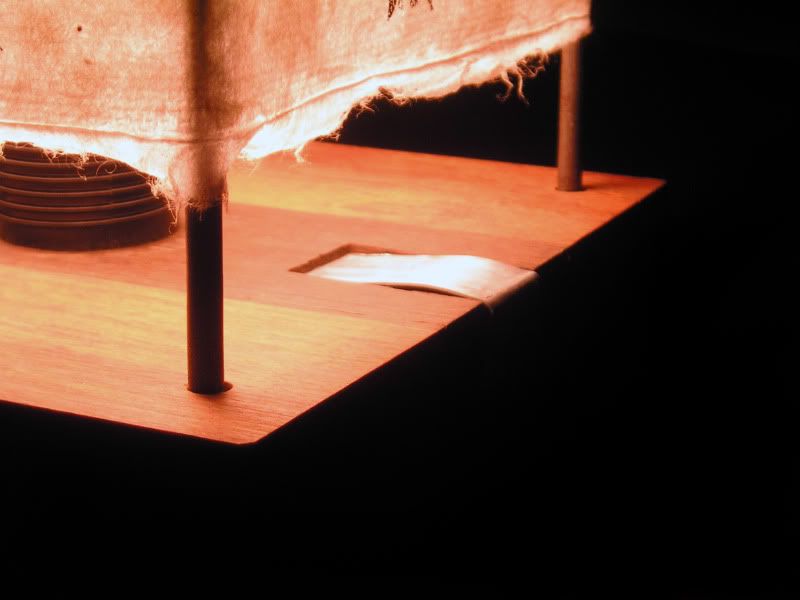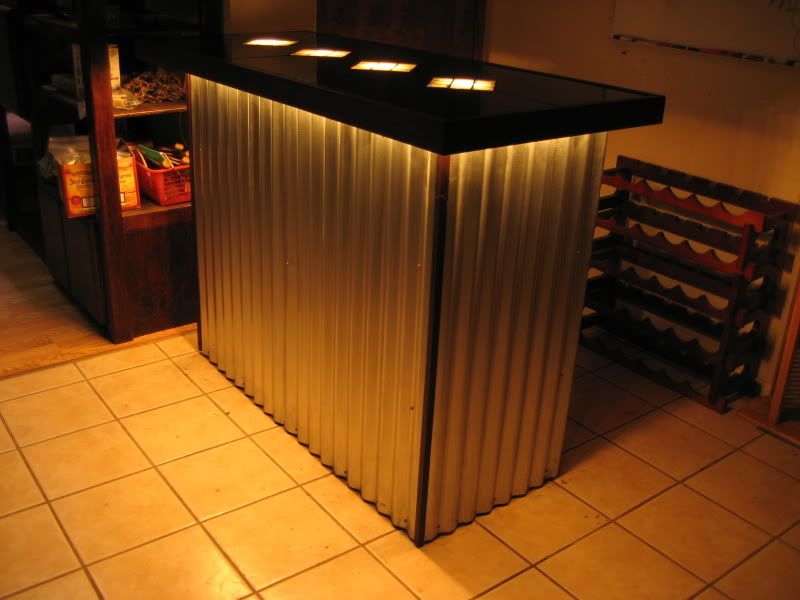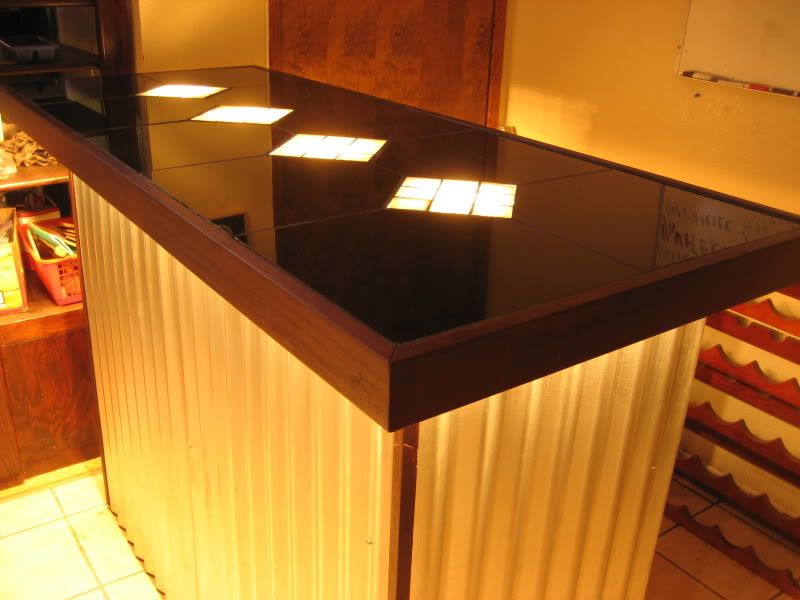I'm not a hippie and yet I support a clean future. You can too.
Here's my support:
Drew Supports A Movement to Repower America
Now make your own:
I Want to Repower America
You, my friend, are on your way to becoming an activist. Just be wary of becoming a Prius-driving, no-showering liberal sissy. Next time you're in the mall, be sure to walk on by the Birkenstock store. You do not need a new pair.
a collection of thoughts, questions, ideas, and observations from the mind of a young designer
2.21.2010
10_0221 | dinner party....
Last night Justin and Ashley were kind enough to put their appetites and stomachs on the line and try out a couple new recipes for me. It is always great to see them and they were very kind about the smoke pouring from the kitchen and fouling the everyone's clothes. In spite of dinner being typically late and the one alarm fire pumping from the kitchen, everything went well. I took some pictures and posted the recipes on my new recipes page.
A little note about the dinner parties: I generally do not follow recipes. I may research how to create a certain kind of pie or a reduction if I don't know how. I scour several recipes, taking note of common ingredients and procedures to get to a common end. I take that knowledge into the kitchen and throw my own twist on the 'common' recipe. As far as recipes go, however, I feel that at some point in time, someone, somewhere has probably already mixed these ingredients together. I don't think that I am inventing any truly new and unique foods, but I don't knowingly make someone else's recipe either. That said, each dinner party will have at least one dish I have never made before. Most of the menus are thought of about a week in advance. I think of flavors I feel might go well together and the come up with a way to get them together. From this one dish, I generally will plan the rest of the meal, taking care to try to involve all the areas of taste [bitter, spicy, sweet, sour, etc]. Sometimes I might choose a single ingredient and try to show it's versatility [a la Iron Chef]. As these may eventually contribute to the cookbook I am co-authoring, dinner guests are invited/asked to criticize the meal as best they can. At the next party, please, be frank with what you liked and didn't.
2.17.2010
10_0216 | an era for cocktails...
Furniture design is one of my slower hobbies/interests. It’s something that I enjoy doing, but rarely do I find the inspiration to do something like try to re-imagine a vitrine or credenza. In my academic and more arrogant years, I thought that I possessed the skill to redesign the concept of something as simple [or complicated] as a chair. Nowadays, I feel that many a designer struggle, and ultimately fail, in the avant garde furniture realm. Please, kind sirs, remember that a chair has looked like a chair for millennia probably for a good reason. I don’t bother anymore with re-invention. I’d rather busy myself with simple, clean, effective designs that emphasize the materials and/or look cool […let’s be serious]. I’m particularly attracted to Mid-Century Modern, Scandinavian, and Art Deco styles of furniture. The first two I appreciate for the emphasis on clean, straight lines; warm, rich materials; and clever, yet straightforward design solutions. The latter I appreciate for the tendency towards arrogance, power, and wealth, as well as an emphasis on the richness of certain materials [burled walnut, ebony, and chrome-plated steel were all very common].
Furniture design is obviously about utility, material, and scale. It’s also about joinery, proportion, and detail. But it’s also about space, context, and art. A piece must fit within the space it is intended and must look good while there. My apartment is full of similarly styled black-veneered IKEA rectangles—not a bad choice, but a little boring in some rooms and a pain to dust—that doesn’t quite seem at home in my mid-80s contemporary apartment. If I lived in a loft in midtown perhaps the furniture would fit in better. My excuse is I was moving in to my own place and needed to fill up the rooms quickly and on a budget. I like what I have, but eventually I will cycle out the cheaper monotony of Sweden for some higher quality mid-century styled pieces.
Credenza concept - steel pulls on the staggered drawers emphasize the steel legs.
Elevation of the credenza - notice the gap and cabinet on the left.
I recently completed an aquarium stand that I let sit on my dad's workbench for about a year. He didn't appreciate it very much. It's mostly furniture-grade Baltic birch ply construction, but I added a zebra wood veneer to the cabinet door, as well as some ipe inlays at the top and bottom of the door.
Aquarium stand that has yet to see an aquarium.
Ipe inlay at the top of the zebra wood cabinet door.
Several years ago I made my dad a lamp as a Christmas present. I have since made most of a sister lamp of the same material. I have yet to figure out a suitable shade attachment system for the sister lamp. The lamp has an ipe base, steel touch-switch, and handmade paper shade.
The lamp I made for dad. The shade is attached to a steel frame.
Detail of the steel touch-plate switch.
Lastly, there is, the bar I made my third year in school. The body is made of corrugated steel with ipe trim and the top is made of two types of tile: black granite flooring tiles and a glass tile from a factory in Krchekivstania or some other equally remote Soviet country that has since gone belly up. Yes, it was a project for a class. Yes, I did serve drinks at the final exhibition. And yes, I got an A. I need to get better pictures of it.
The glass tiles are set at an angle at the corners of the granite tiles.
Lights underneath the former Soviet tiles add some 'X Factor'
Labels:
art deco,
designer,
furniture,
furniture design,
mid-century modern,
scandinavian
2.10.2010
10_0210 | business plan...
As many of you know, I like to cook. I have fleeting thoughts of owning a restaurant and designing the menu; of writing and publishing a cookbook; of earning fame or recognition for my culinary exploits. As a boy I would often pretend I was hosting a TV cooking show and narrate my actions as I cooked [“…here is where I like to add a little salt to really get the flavors going…”]. At this point in my life I have little desire to do more than cook for myself and my friends. In these uncertain economic times, I’ve toyed with the idea of being a personal chef for special occasions and small groups. My services could be hired to design and serve a small dinner party, or a celebratory dinner. Such a dinner could be a prize from a company to the employee of the month, or this quarter’s highest earner, or perhaps an anniversary gift from a cuisine inept husband. I would come to your home, cook your meal, clean-up, and go home. I could do two or so of these a month to collect some cash on the side. To be honest, it’s becoming a more attractive option the deeper I get into unemployment. The hard part would be getting clients.
But that’s not why I’m writing to you. I’ve had an idea for another type of business. It’s nothing new, I’m sure, but I thought it could be exciting and unique. Seasonal, organic ingredients are gaining increasing popularity in haute cuisine and many restaurants have partnerships with local growers to supply local produce. I thought it might be a neat idea if the restaurant did one more and actually controlled their ingredients by growing most of it themselves. That way the chef could literally be in control of his menu from the ground up. The menu would change daily according to what was harvested that morning. This is not a new concept. In fact, the Fairmount Waterfront Hotel in Vancouver has its garden on the roof—a garden used to grow $30,000 worth vegetables, flowers, and herbs annually. To not get started on the benefits of green roofs, the point is this could be a money-saving venture, as well as strengthen the restaurant’s concern for quality ingredients and support of healthy living [that’s integrity]. Old ideas, I know, but my thought was, if the garden were on-site, why not have a service in which customers could essentially buy a plant, say a tomato, and invest in it? The restaurant would then cultivate the tomato until it was time to harvest, at which point they would call the customer and tell them their food is ready and schedule a time to come in. The chef would then customize a menu for them to showcase the flavor of the tomato. This meal could be free or highly discounted, depending on the price of ‘buying’ and ‘rearing’ the tomato. The client would then have the option of taking surplus produce with them, ‘selling’ it to the restaurant, or setting up a prolonged harvest schedule in which, just like a market, the customer could pick up their tomatoes as they ripen. If any of you have start-up capital and are looking to become a restaurantier, I’m willing to be the brains of the operation.
Pan-seared tilapia with a curried cranberry glaze.
Labels:
cook,
green roof,
organic,
restaurant
Subscribe to:
Posts (Atom)
